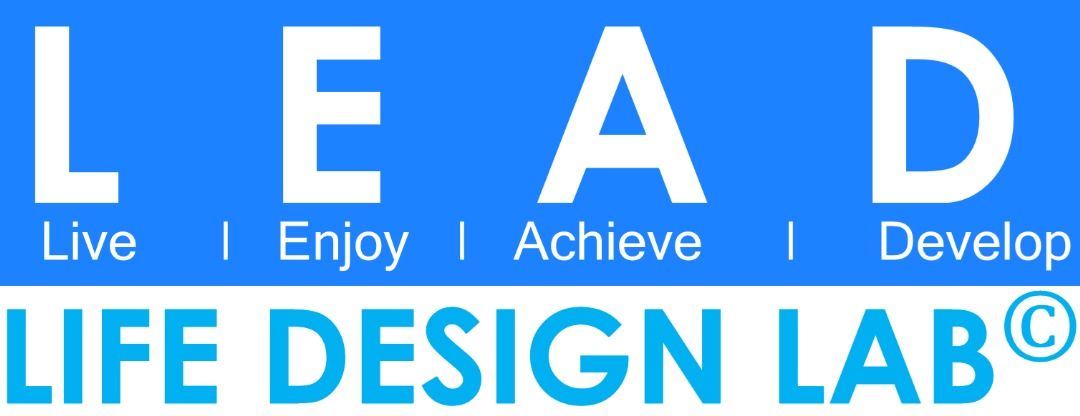
Purpose:
Peer review fosters a collaborative learning environment, enhances critical thinking, and helps students learn to give and receive constructive feedback.

Activities:
Structured Review Sessions: Organize regular sessions where students share their work and receive feedback from their peers. These sessions can be in-class or online.
Guidelines for Feedback: Provide clear guidelines on how to give constructive feedback. Encourage the use of the "sandwich" method, which involves offering positive comments, followed by suggestions for improvement, and ending with more positive remarks.
Anonymous Reviews: In some cases, conduct anonymous peer reviews to ensure honest and unbiased feedback.
Rubrics and Criteria: Use rubrics and specific criteria to guide the review process, ensuring that feedback is focused and relevant.
Reflective Discussion: After feedback is given, hold a reflective discussion where students can ask questions and clarify any points raised during the review.
Feedback Incorporation: Encourage students to revise their work based on the feedback received and resubmit it for further review or grading.

Benefits:
Enhances critical thinking and analytical skills.
Improves the ability to give and receive constructive criticism.
Promotes a deeper understanding of the subject matter.
Fosters a collaborative and supportive learning environment.
Helps identify common issues and areas for improvement in student work.

